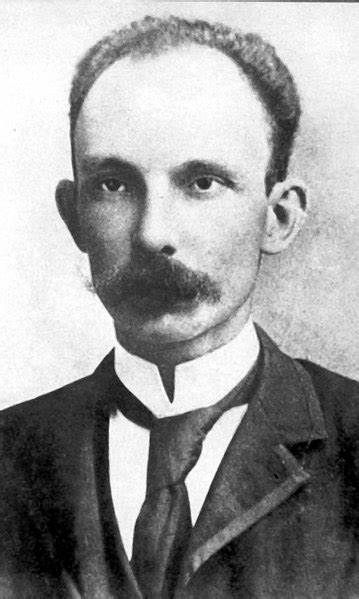Ybor City: An Immigrant Community
- yborcityguide
- Nov 10, 2022
- 3 min read
Updated: Feb 2, 2023

The settlement of Tampa officially started with the establishment of Fort Brooke in the 1820s, and the town struggled for its first sixty years. When Don Vicente Martínez-Ybor arrived from Key West in 1885 to check out Tampa, the population was only seven hundred. Tampa almost missed out on Mr. Ybor moving his cigar-making operation from Key West as he rejected an exorbitant sales price, but Tampa business leaders made up the difference as Ybor was preparing to leave town. In late 1885, following his initial purchase of 40 acres, he had the town laid out and cleared. The swampy areas were filled in and his first factory, a wooden structure was under construction.
Mr. Ybor had been attracted by the deep water port and the rail line that Henry Plant had just completed earlier in 1885 from Sanford, which stopped near the Hillsborough River but was later moved to Ybor City. By the end of the decade, Mr. Plant’s large luxury hotel was nearing completion and Mr. Ybor’s new brick cigar factory, the largest in the world at the time, was in operation. A massive fire in Key West, destroying many cigar factories, further motivated cigar workers to consider Tampa. The story of Tampa is: “If you build it, they will come.” * Mr. Ybor invited many of his competitors to come and set up shop in Ybor City, and he built hundreds of homes for the cigar workers and sold them basically at his cost and offered no-interest loans.
By 1888, the population of Tampa was about 3,000, and by the 2010 census the population of the area had exceeded 3 million. The development of Tampa was jump-started by the cigar industry. For more than a 40-year period, the “Cigar City” was the “Cigar Capital of the World.” Millions of cigars were rolled each year. The town was constantly under construction for its first 20 years as factories appeared, along with community centers and retail businesses.
The Cubans, of Hispanic and African origin, and the Spanish arrived in Tampa first. They were followed by the Italians and Sicilians, the Germans, Romanians, and others. Each group had its niche in the community’s cigar economy. They worked and lived side by side, peaceably for the most part, in the primarily Latin Quarter of the growing Tampa. Ybor City is the epitome of a story that best characterizes America as a land of immigrants.
There were difficult times at the beginning. The environment—with its heat, mosquitos, alligators, and snakes—was hostile. Labor disputes resulted in strikes. Embargoes and tariffs by both the US and Spanish-run Cuba impacted tobacco and cigars, which were used as a matter of foreign policy, placing the cigar industry at their mercy. The most difficult challenges were the Great Depression, the advent of cigarettes (a cheaper alternative to cigars), and the mechanization of cigar production. People cut back on cigar consumption as the world economy contracted, and Ybor City began a period of decline in the 1930s.
By the 1960s, urban renewal had begun with the destruction of abandoned buildings and the construction of major highways through the community. Without a funded rebuilding plan, the urban renewal initiative hastened the community’s decline. Later in the 1980s, artists initiated the revitalization of Ybor City by establishing a community that occupied abandoned buildings at affordable rents. They moved in, renovated, and set up living quarters and studios. Bars and eateries followed. By the 1990s, Ybor City, the fourth ward of Tampa, achieved historical landmark designation, and the restoration began in earnest.
The flavor of different cultures, of different communities, of different cuisines, of different ways of life are all here to be explored and celebrated.



Comments